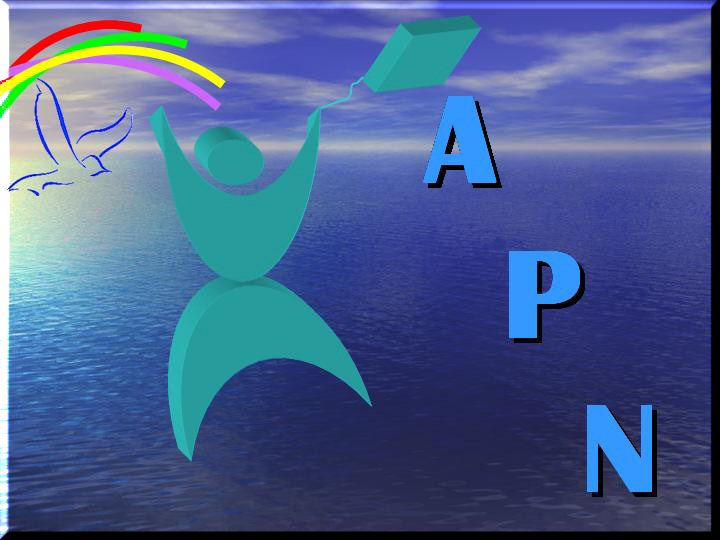
Total intravenous anesthesia. On the way to standard practice in pediatrics
Strauss JM, Giest J.
Klinik fur Anasthesiologie und Operative Intensivmedizin, HELIOS Klinikum Berlin, Germany.
Vol 1, N. 5, Dicembre 2003
Since venous cannulation in children has become easier and extensive experience has been gained with total intravenous anaesthesia (TIVA) in adults, the interest in TIVA for children has recently increased. An intensified sensitivity of the operating room atmosphere to contamination with volatile anaesthetic agents is another important reason to choose intravenous techniques for paediatric anaesthesia. One of the most interesting agents for TIVA in paediatric anaesthesia is propofol. The pharmacokinetic and pharmacodynamic data for modern intravenous drugs is poor. Because the interpatient variability is relatively large, pharmacokinetic data can only provide guidelines for the dosage of propofol. Propofol has a rapid and smooth onset of action and is as easy to titrate in children as in adults. Propofol can be excellently controlled. Severe haemodynamic side-effects are missing in healthy children and plasma is cleared rapidly of propofol by redistribution and metabolism. There is no evidence of significant accumulation, not even after prolonged infusion times. Because propofol has no analgetic properties it must be combined with analgetics or a regional block for all painful procedures. The combination with the ultra-short acting remifentanil is a major advantage, but requires effective analgetic concepts for painful procedures. In comparison the combination of propofol with long acting opioids abolishes some of the favourable properties of propofol. Further studies of the kinetics and dynamics of propofol and other intravenous agents are needed in paediatrics which should focus on age, maturity and severity of illness. The whole importance of the propofol-infusion syndrome has to be cleared up urgently. TIVA has an important significance in paediatric anaesthesia for diagnostic and therapeutic procedures, especially where these have to be repeated. In day-case anaesthesia TIVA has advantages for all short procedures and for ENT and ophthalmic surgery: even after prolonged infusion children have an short recovery time. There is no evidence of agitation or other behavioural disorders after TIVA with propofol in paediatric anaesthesia. Propofol has anti-emetic properties. TIVA with propofol can be combined with regional anaesthesia advantageously to provide long-lasting analgesia after surgery. TIVA with propofol has been used successfully for sedation of spontaneously breathing children for MRI and CT and other procedures with open airways like bronchoscopy or endoscopy. Propofol facilitates endotracheal intubation without the use of muscle relaxants. Of course, in malignant hyperthermia TIVA will continue to be the technique of choice. Nothing is known about awareness under TIVA in paediatric patients. TIVA must be considered by comparison with the volatile agents. The use of ultra-short acting agents may cause problems such as awareness, vagal response, involuntary movements and in some cases slow recovery after prolonged infusion of propofol. But it is not known exactly how often this happens during paediatric anaesthesia. With TIVA an effective postoperative analgesia must be provided. Newer administration techniques such as the target-controlled infusions or closed-loop control systems are under development and will help to minimise the potential risk of overdosage with TIVA in paediatrics. At the present TIVA is an interesting and practicable alternative to volatile anaesthesia for pre-school and school children. TIVA with propofol in infants younger than 1 year old requires extensive experience with TIVA in older children and with the handling of this special age group and should be undertaken with maximum precautionary measures.